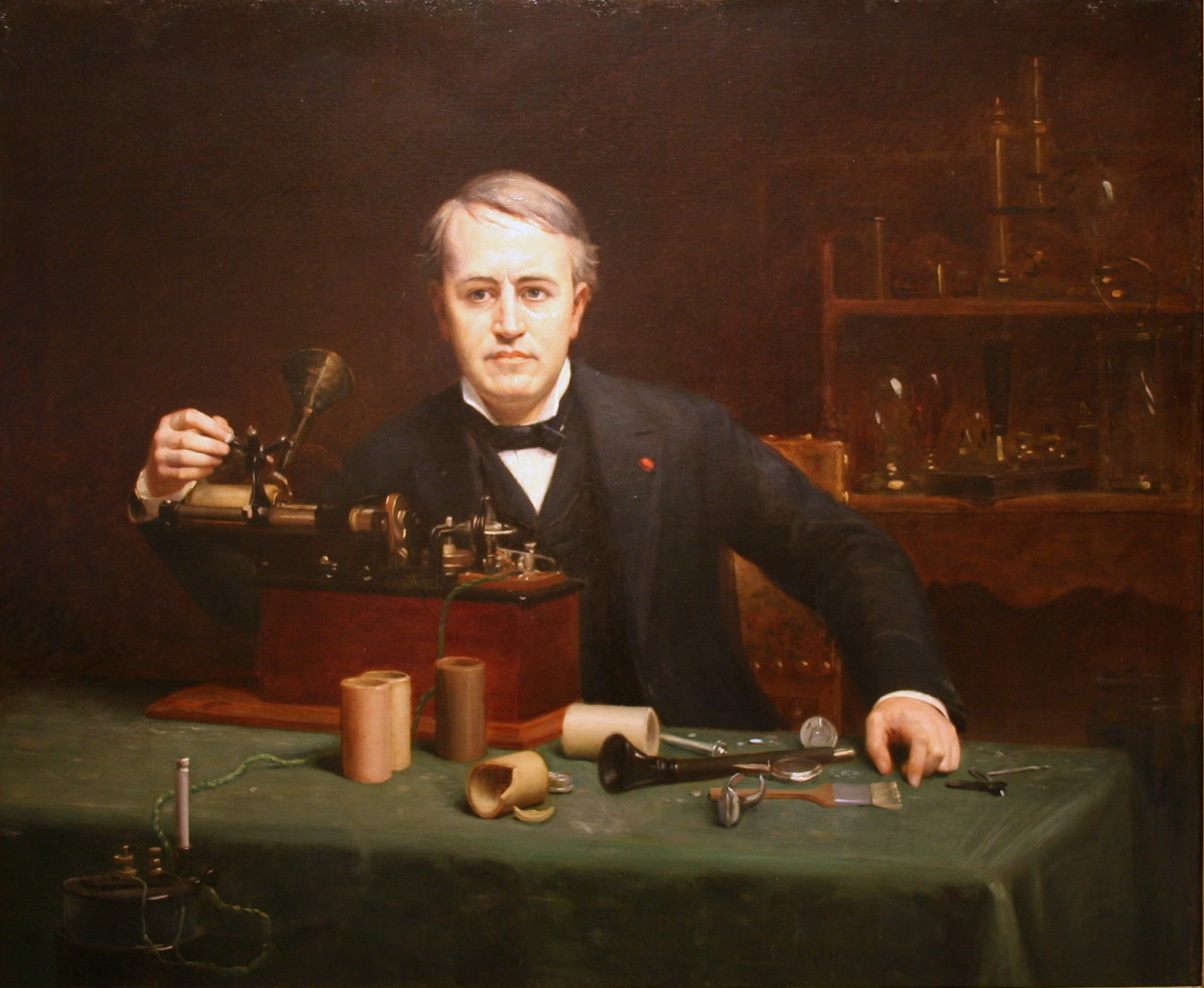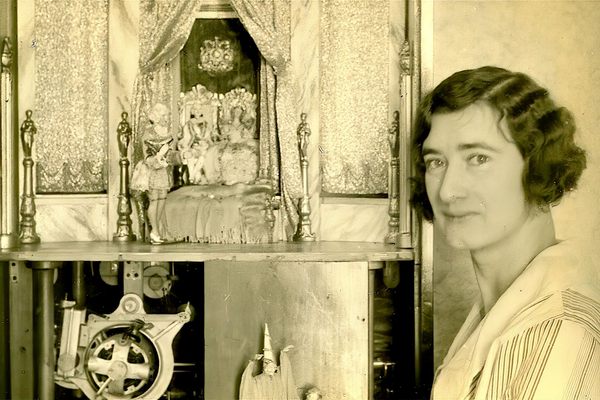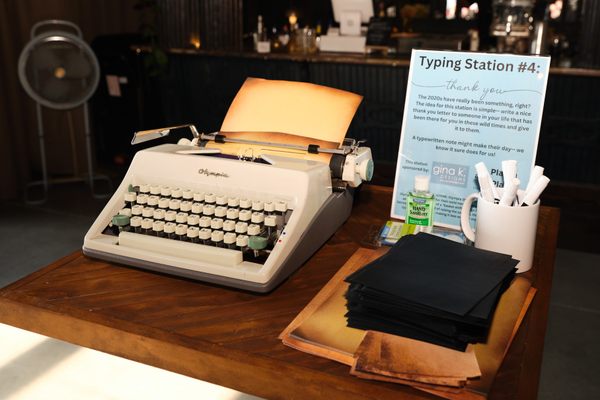The Hoax That Claimed Thomas Edison Could Turn Dirt Into Food
Newspapers worldwide printed that he’d invented a miraculous machine.

Even in 1878, readers of The New York Graphic should have known better than to trust a fantastical-sounding article published on April Fool’s Day. The paper had a scoop: Noted inventor Thomas Edison had accomplished a task straight out of a fairy tale. He had invented a machine that could turn dirt from his basement into meat, fruit, and even wine.
The device “Would Feed The Human Race,” the breathless headline declared. The raw materials were simply air, water, and dirt. Reporter William Croffut described a lunch at Edison’s Menlo Park headquarters. What unfolded could have been a scene from a Jules Verne novel. Croffut had never tasted anything like the mysterious dishes: headcheese (a type of cold cut) that tasted like woodcock (a type of game bird), a coffee-like beverage “different from anything I had ever seen,” and sweet gelatin covered in cream and jelly (yum!).
When Edison came to the table, he revealed that the Graphic was his favorite paper, and that he had invented a machine that could feed the world, freeing animals from slaughter and farmers from drudgery. When the stunned reporter asked why such a device hadn’t been discovered before, Edison responded with paragraphs worth of 19th-century technobabble. The food of the future, Edison said, would be “oranges and cabbages that have never felt the wind and rain, and pork and partridges that have never been alive.”

The problem was, no such device existed. In the last sentence of the article, the writer awoke from a nap, which revealed that the entire story was a dream sequence. But many people didn’t get the joke, including newspapers around the world that reprinted it as news. The Graphic later published an incredulous addendum. With head-shaking solemnity, the editors condemned “the careless American habit of hasty reading” that apparently kept readers from reaching the end. (Although the gleeful two-word headline, “They Bite,” suggests the editors enjoyed the con.)
But the mistake was perhaps understandable. Edison had recently displayed a new invention, the phonograph, to great acclaim, and the ability to record sound was unprecedented. In the ensuing media storm, Edison was painted as a genius, a hero, and something of a sorcerer. Edison himself encouraged this myth-building. Even his on-and-off sleeping habit was lauded as a sign of productive virtue. The American public was primed to believe in a food-machine invention by a miracle-worker such as Edison.
Soon, Edison felt the effects of the Graphic’s little joke, as he received letters asking the price of his new machine. However, he reportedly wasn’t thrown. He got in on the hoax, play-boasting that it could “change fire-clay into rice pudding and cornmeal into gold dust.” It helped that he was friendly with Croffut. Later that month, Croffut coined Edison’s most famous nickname: “The Wizard of Menlo Park.”
Gastro Obscura covers the world’s most wondrous food and drink.
Sign up for our regular newsletter.


























Follow us on Twitter to get the latest on the world's hidden wonders.
Like us on Facebook to get the latest on the world's hidden wonders.
Follow us on Twitter Like us on Facebook